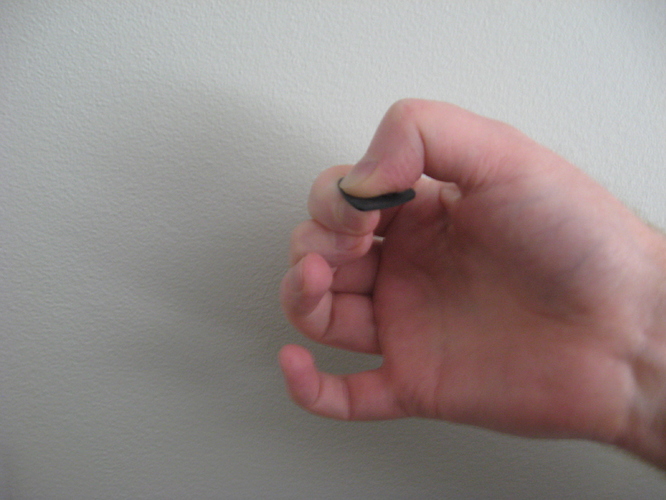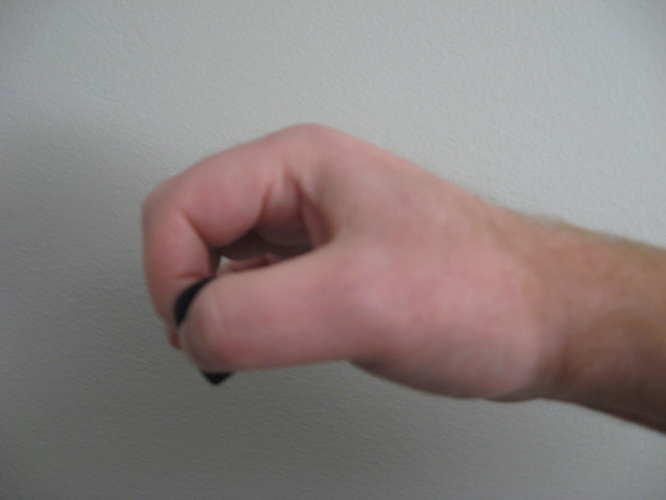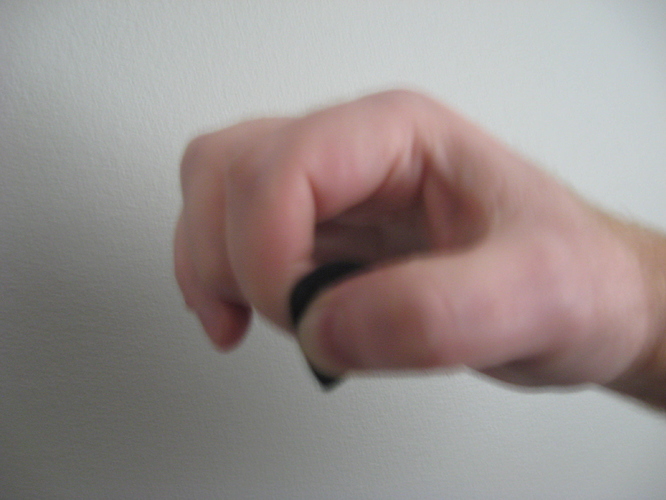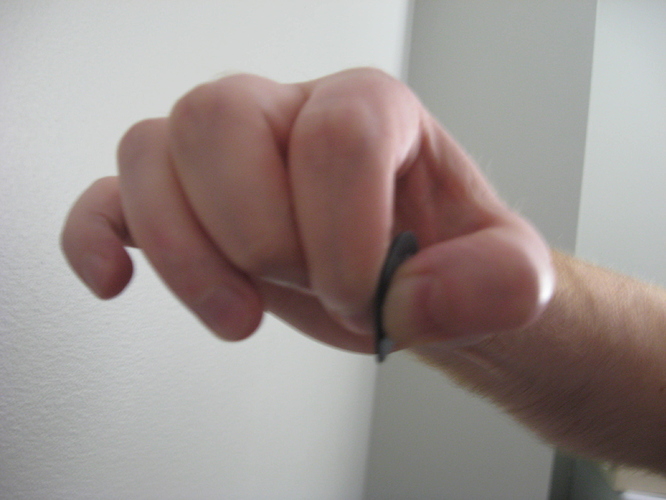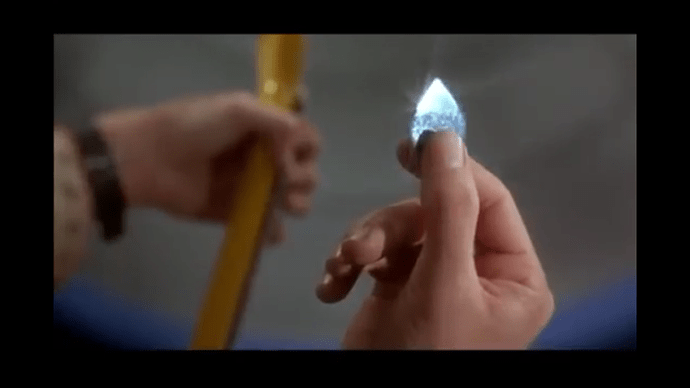We’ve been stealthily rolling out updates to the Pickslanting Primer to fill in long-standing gaps in its coverage. The first of these, a long-overdue section on pick grip, went up this week. You can check it out right here:
And here’s a blog post with some more thoughts on this:
The basic idea is that the Pickslanting Primer is the key instructional resource where fundamental mechanics stuff is addressed, and it should satisfy a few basic usability requirements.
One consideration is that it should be watchable by anyone with any level of skill, from beginners to experienced players. Two, is that it should be watchable in sequence, because new players especially want to feel like they’re being walked through this process. And three, it should also be randomly accessibly by more experienced players looking for more of a quick online reference / index.
As a result, we’re doing bite-sized, single-topic, descriptively-named videos of just a few minutes in length. The concepts are laid out roughtly in sequence, with some built-in redundancy, so that we’re not beating you over the head with an anatomy textbook right when you walk in the door. Whether you’re new at this and easily overwhelmed, or an experienced player who just doesn’t have the attention span or frankly interest in becoming a mechanics expert, we want to be able to impart just enough of the basic concepts to keep your journey through this material hands-on and quick.
These are all things we’ve learned from everyone’s excellent feedback here, and many thanks for that. Any more such feedback you feel like imparting will only help us make these updates even more targeted.
Thank you!

